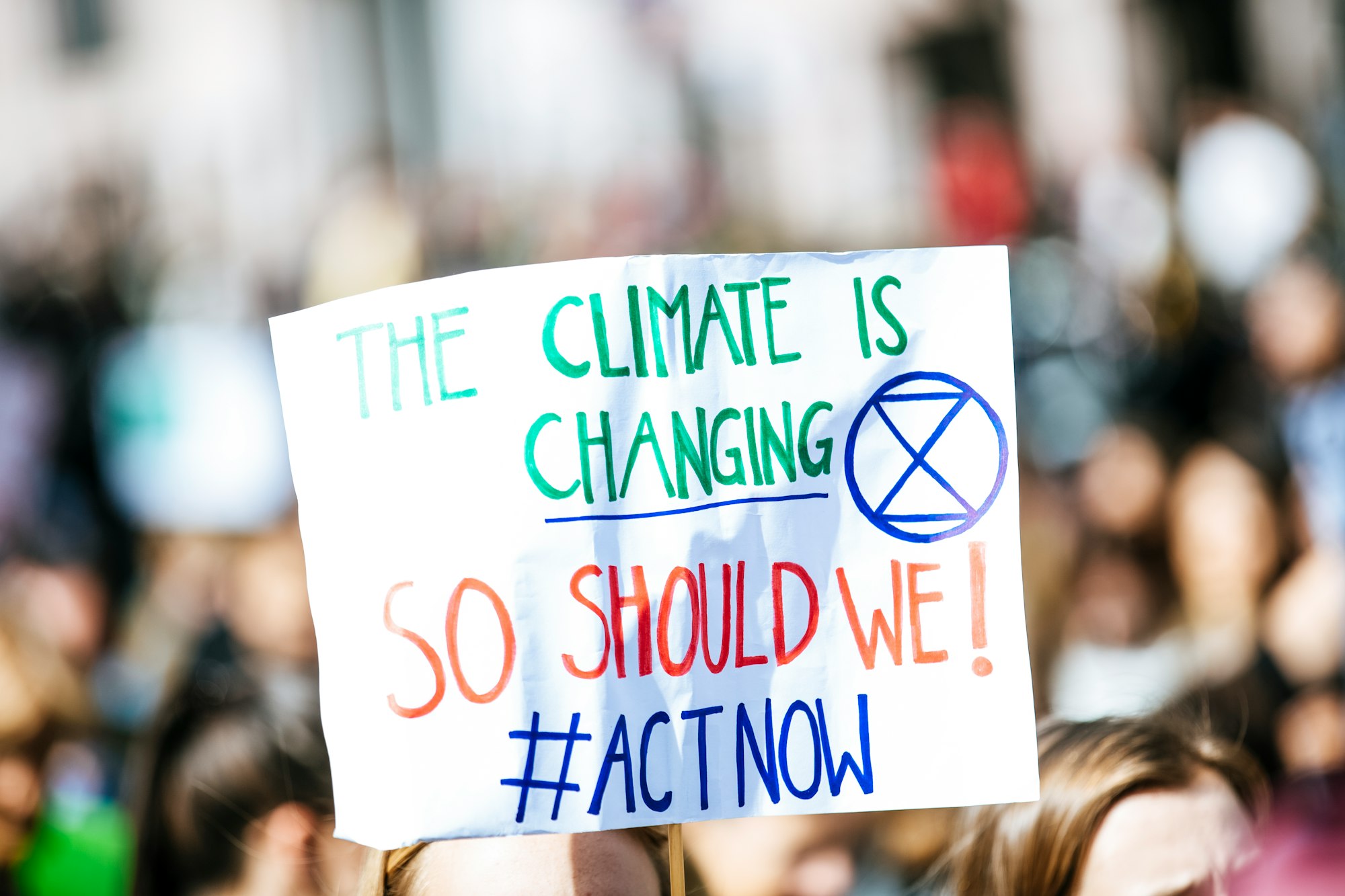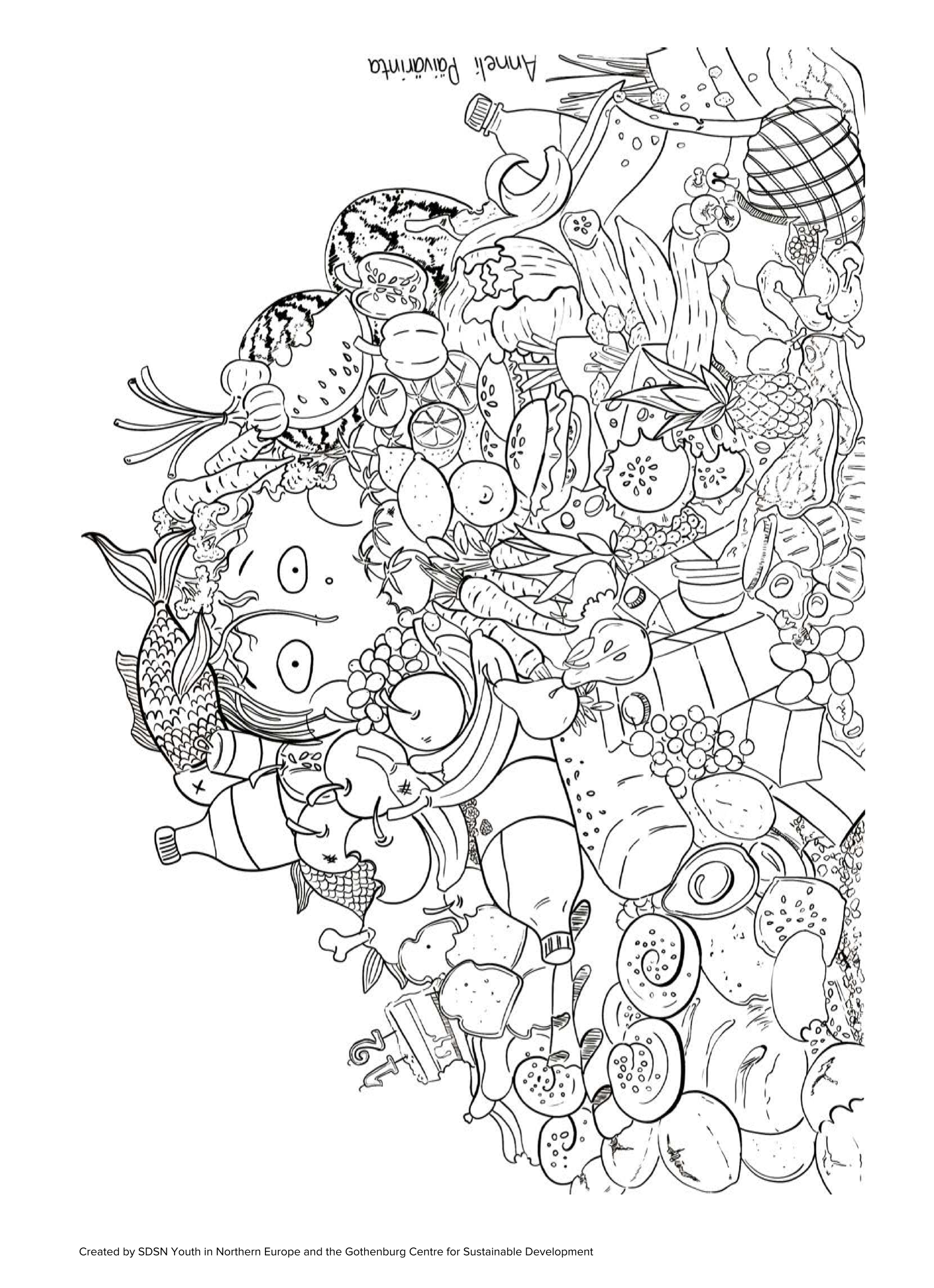(List #76) Your Climate Change Examples
Communicating and embedding climate into business curriculum.

Here in Australia, it is school holidays for the little ones. This means that I am doing more colouring than typing. It also means that rather than share the examples that I have been finding, I thought I’d let you do the talking and share some of the examples that you have been sending me, in particular in response to List #66 on Scaling up Business School Action on Climate Change.

I have a few exciting things planned for List this year that I’ll let you all know about soon. Until then, please keep sending me your examples.
1.CLIMATE STORIES
Denise Baden at the University of Southampton runs the Green Stories Project, an initiative that aims to create a cultural body of work that entertains and informs about green solutions. Originally compiled to inspire COP27 delegates, their most recent anthology wraps climate solutions in short stories. It’s called No More Fairy Tales: Stories to Save Our Planet and each story links to a webpage where readers can find out how to make the solutions a reality. The project contributed to several sessions about the role of storytelling in raising understanding of the climate crisis. The Green Stories project also runs a series of free writing competitions with £1500 of prizes.
2. CLIMATE FINANCE
Carolin Schellhorn teaches an elective on Sustainable Finance at Saint Joseph’s University. Because climate is very relevant from a finance perspective, the course starts with a review of climate change, inequality and the intersection between these two topics. The group project involves outlining a plan for a chosen company to reach net-zero greenhouse gas emissions by 2030 in a socially responsible manner, considering issues of climate and environmental justice. Although this course is an elective, she brings a lot of this content into the required Financial Markets and Institutions course which she also teaches.
3. CARBON HANDBOOK
Petra Molthan-Hill is one of the authors of the upcoming Handbook of Carbon Management: A Step-b-Step Guide to High-Impact Climate Solutions for Every Manager in Every Function. The book is coming out next month but is available for pre-order now. The working group on climate change also has a number of climate literacy and action trainings organised this year both online and in person including one in February/March.
4. CLIMATE RESOURCE
I really like this SDG website set up by Vienna University of Economics and Business. For each SDG there are a number of videos outlining each from various perspectives. The first videos introduce and explore the relevant SDG from a student perspective written and presented by current students. Each is only a few minutes long but gives both professional and personal tips on engaging with the relevant SDGs. Other videos introduce the perspective of faculty, business and other stakeholders. Click here for the page on Climate Action or here for the full list of SDGs.
5. EMBEDDING CLIMATE
Although listed as a future objective, I found the focus that UBC Sauder School of Business is taking to embed climate interesting. They are committed to “unlocking the potential of business schools to address the climate crisis” and have entered numerous partnerships to collaboratively tackle this including a climate stream for high-calibre technology start-ups and plans to create an Institute for Climate Solutions and Business. They are also looking to add a new Climate career track to the Full Time MBA, they have several MBA courses focused on Climate starting in 2023 (including Climate and ESG Reporting and Analysis, Climate and ESG Communications and Climate Economics and Markets), and are currently developing learning resources to embed climate content into the first-year core curriculum. For more, click here.
Colouring the SDGs
Since I knew I’d be doing lots of colouring with the kids this summer holidays, I thought I’d use it as an opportunity to explore the SDGs with the them, and all the neighbourhood kids who inevitably end up at my house. In case any of you are into colouring, here are a few SDG related colouring resources, for artists of all ages to try out. My favourite is this SDG Colouring Book developed by SDSN Youth in Northern Europe designed by young illustrators. Another good one is this Colouring Book by UNICEF. The older kids are designing their own illustrations based on each SDG.

A few links to explore
- This Global Risks Infographic
- A fond made up of 28 human bodies
- Kenya bans biopiracy export of lucrative baobabs
- The French baguette gets UNESCO heritage status
- Key goods in the EU market can no longer contribute to deforestation
“When you go out into the woods and you look at trees, you see all these different trees. And some of them are bent, and some of them are straight, and some of them are evergreens, and some of them are whatever. And you look at the tree and you allow it. You see why it is the way it is. You sort of understand that it didn’t get enough light, and so it turned that way. And you don’t get all emotional about it. You just allow it. You appreciate the tree. The minute you get near humans, you lose all that. And you are constantly saying, ‘You’re too this, or I’m too this.’ That judging mind comes in. And so I practice turning people into trees. Which means appreciating them just the way they are.”
– Ram Dass
Thanks for following!
Giselle

